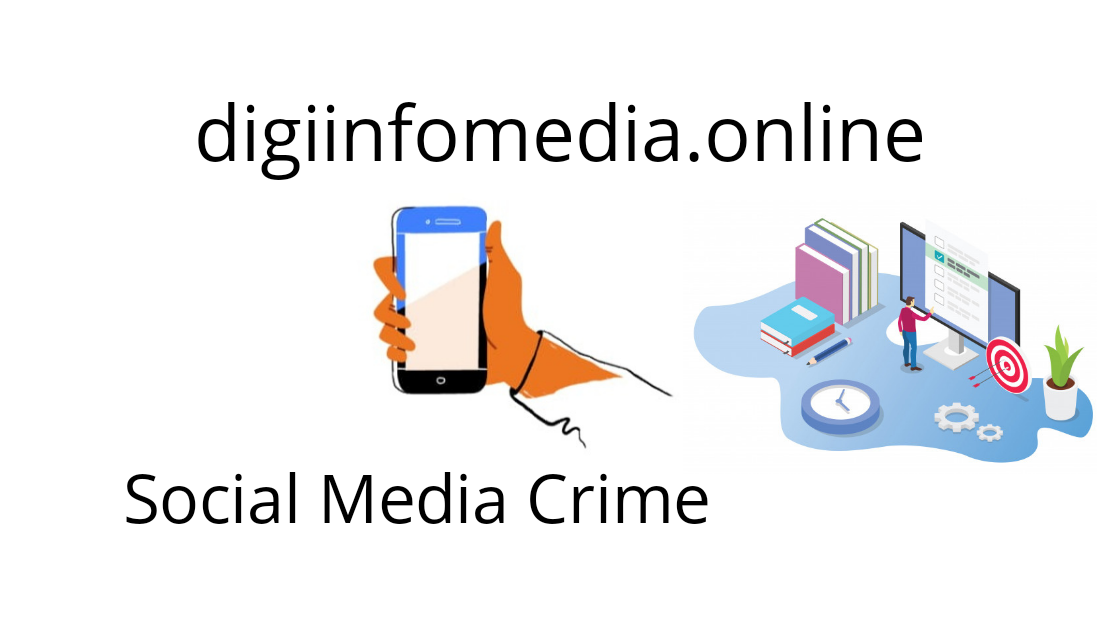
PHISHING
By Agraza
With the emergence of a global village through internet connectivity, the rate of cybercrimes has also increased. One of the criminal manifestations that has emerged on internet is phishing. Phishing is so prominent that every day an email would show some bumper prize or other such kind of rewards in order to lure the innocent netizens.
In various cases the general idea remains same in which false emails or emails projecting to be that from government of the country often ask the individual to give their personal information. This information can include Aadhar card number, bank account number, passwords for the same, etc. Till the time individual can get the knowledge that a fraud has been done to him, the loss tends to have been taken place.
Definition
The word phishing, according to the oxford definition means “The fraudulent practice of sending emails purporting to be from reputable companies in order to induce individuals to reveal personal information, such as passwords and credit card numbers.”[i]
“Phish” is pronounced just like it’s spelled, which is to say like the word “fish” — the analogy is of an angler throwing a baited hook out there (the phishing email) and hoping you bite. The term arose in the mid-1990s among hackers aiming to trick AOL users into giving up their login information. The “ph” is part of a tradition of whimsical hacker spelling, and was probably influenced by the term “phreaking,” short for “phone phreaking,” an early form of hacking that involved playing sound tones into telephone handsets to get free phone calls.[ii]
Types of phishing
1. Downloading malware
A lot of spam emails are sent with the intention to infect the computer of the individual. This kind of phishing often contain the malware links to hamper the system of the victim.
2. Giving sensitive information
Emails asking to give sensitive information about the individual. They generally ask about the bank account details or other identity card numbers in order to steal that information in order to sell that information to bigger malicious entity or simply use it on their own.
3. Spear phishing
In this type, specific individuals are targeted. These individuals are chosen according to the social media presence or the field to which they belong. Then emails specifically crafted for such individuals are sent.
4. Whale phishing
It is a kind of spear phishing, but these are aimed at big fishes i.e. high value targets. These can include individuals in a company who hold a position of influence and power.
Steps to prevent phishing
- Check the spellings of the URL before entering any personal data
- Do not post your sensitive information on the social media such as address, date of birth, mobile phone number, etc.
- Watch out for the URL redirects
- Do not reply to suspicious emails in the first go. An individual check on the web before answering to any such emails is necessary.
Phishing In India
India has not been safe of these phishing scams. The phishing capital of India is Jamtara, a district of state Jharkhand. Cybercrime itself has evolved in Jamtara.[iii]
GOOGLE TRENDS LINK
https://trends.google.com/trends/explore?geo=IN&q=phishing
[i] https://www.lexico.com/en/definition/phishing
[ii] https://www.csoonline.com/article/2117843/what-is-phishing-how-this-cyber-attack-works-and-how-to-prevent-it.html
[iii] https://indianexpress.com/article/india/india-news-india/phishing-in-jamtara-what-does-it-take-to-carry-out-online-fraud/
The articles covers the important areas related to phising. I think you could have given more preventive steps in your article which would be very useful for the readers. Nicely written article.
The overall article is very informative. It is very helpful in understanding phishing. The only thing that can be made better is the scenerio of phising in India can be made more elaborated.
This article is very helpful for layman like me to understand the concept of phishing. Could have given more emphasis on how to prevent this, as most of us are still less informative of it and where to report the same and what steps are to be taken under law.
This article is very informative for a common man who doesn’t have much knowledge about phising but according to me you could have given some more points or some more information about it for the readers so that they could able to know about this scenario more deeply.
Phishing is always my favorite topic related to Cyber Crime and Cyber Law. and this Article summarized this topic very well.
Main pillar of cybercrime is phishing and this article very well explains the concept of phishing. Just as food is thrown with a hook in the pond, similarly fraud emails are there to cause you loss.
Knowledge is power! Be vigilant and should someone target you, make a report with the cyber cell. I can say “Best Practices Guide for Phishing” blog is this.
Knowledgeable! everyone in this digital world needs to protect themselves from this phishing crimes by using limited social medias and by staying alert before answering any spoof mails .one must clearly check the site before making any payments or entering personal details.! Spear phishing is the most dangerous for those who r more active on social medias.
This article us overall very informative for a layman to understand the meaning of phishing, types and how it can be prevented.
Phishing is one of the major cyber crimes. gmail is used by all of us for our day to day activities and work and honestly we can’t escape from it. We can also say that gmail is integral part of our lives. we just have to stay aware by following the steps mentioned in the the article above. the article is informative in all the ways providing us information which is important for each one of us.